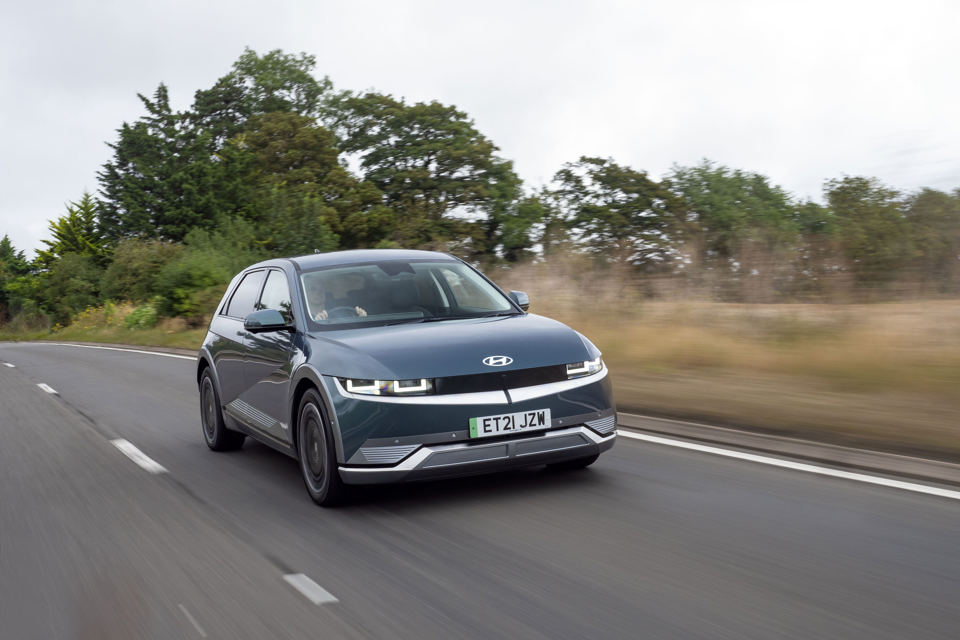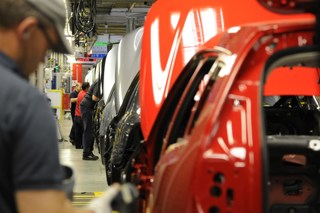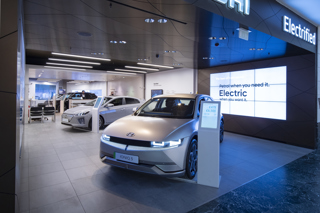New electric products and a new corporate end user business strategy saw Hyundai true fleet registrations almost double last year, enabling the company to dramatically tone down its presence in the short-cycle rental market.
Pre-pandemic, Hyundai freely admits it was obsessed with “chasing volume”, resulting in corporate end user accounting for just 8% of its fleet sales. The rest was tactical, short-cycle business.
Official Society of Motor Manufacturers and Traders (SMMT) figures reveal that 15% of Hyundai’s total registrations were to the rental market in 2018, markedly ahead of the industry average of 9%.
“We were not in control of our own strategy,” said Tim White, who was appointed fleet director in May 2021. Last year, Hyundai revamped its outlook with the launch of Hyundai Business.
It refreshed its website with a new fleet section incorporating wholelife cost calculators, benefit-in-kind (BIK) tools and competitor comparisons, and introduced a clearer, more defined journey for enquiries from drivers and fleets.
Hyundai Business also acted as the catalyst for an improved customer terms agreement engine and leasing company portal which creates automated terms with instant approval, plus live agreement updates.
“These systems put the fleet and leasing customer at the centre of everything we do,” White said.
Aligned with the launch of new full-electric and plug-in hybrid products that seized the zeitgeist for the era of fleet sustainability, including the Ioniq 5 and Tucson PHEV, Hyundai has seen its true fleet sales rise a staggering 104%, with its share of the market increasing from 1.8% to 3.2%.
Corporate end user business now accounts from 26% of fleet sales.
In contrast, rental last year dropped to 7% of total sales, against an industry average of 8.6% insert, and has fallen to just 5% in the first quarter of 2022.
“The launch of Hyundai Business was the start of our journey into fleet. It’s about how we talk to the marketplace and the consistent communications needed as we grow our database,” White said. “It’s gives us a clear brand identity.”
He added: “We see a universe of 3,000 fleets with 25-plus vehicles. We are engaged with a third, we know another third and there is a third we don’t know yet. Our fleet database has grown 65%.”
The corporate end user strategy is the culmination of a two-year journey to fast-track back-office functions, processes, teams, communications and lead generation databases.
The foundations were laid during the Covid pandemic and resulted in a surge in new agreements during 2020, the results of which started to be felt in 2021 and, particularly, this year.
It has helped Hyundai’s total order take to exceed 2,500 per week, substantially ahead of the business plan, and puts its Vision 2025 strategy of more than 100,000 registrations and a 4% market share well in sight.
Meanwhile, in the space of just two years – 2019-2021 – Hyundai has seen its fleet mix switch from 70% ICE/30% ultra-low emission (ULEV) to 70% ULEV/30% ICE. And, of the ULEV mix, half are full electric.
Its order take this year in the true fleet market clearly shows the direction of travel, with full electric accounting for 70%.
Hyundai has a product launch plan of 11 full EVs by 2030, with new architecture coming in 2025.
New models will push the brand further in the premium sector – it describes it as “premium volume” – with electrification encouraging businesses to re-evaluate their manufacturer partners.
A full interview with Tim White and Hyundai managing director Ashley Andrew will appear in the May edition of Fleet News.






















Login to comment
Comments
No comments have been made yet.